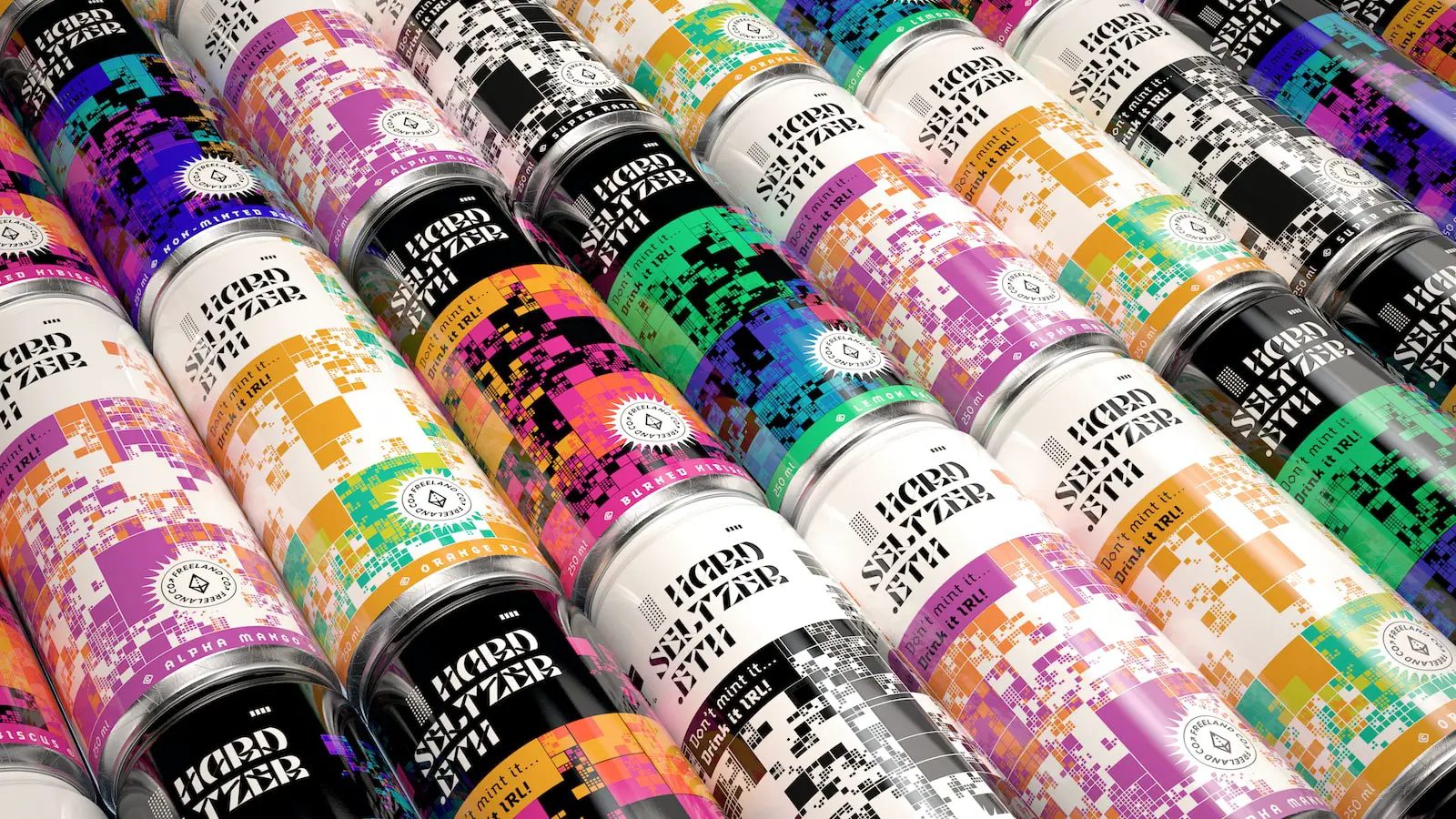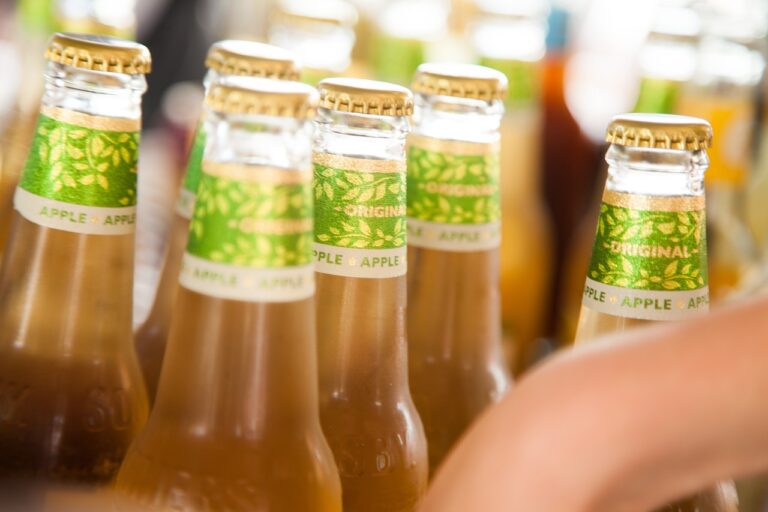In the middle ages, ale was a type of alcoholic beverage made from grain, typically barley. It was a staple drink in many parts of Europe and was often consumed in place of water, which was often unsafe to drink due to contamination.
The strength and flavor of the ale varied depending on the recipe and brewing techniques used. Some ales were strong and dark, while others were lighter and more refreshing. Ale was also sometimes flavored with herbs or spices to improve its taste.
Recipe Of Ale In The Middle Ages
In the middle ages, ale was typically made by mixing ground barley with water to form a mash, which was then left to ferment. The process of making ale was similar to that of making beer, but ale was typically made with a faster fermentation process and without the use of hops.
To make the mash, the barley was ground into coarse flour and mixed with water to form a porridge-like consistency. The mixture was then heated to allow the natural enzymes in the barley to break down the starches into sugars.
This process, known as “malting,” helped to create a sweet, sticky liquid called “wort.” The wort was then left to ferment, usually in a large wooden vat or barrel.
During fermentation, yeast was added to the wort, which consumed the sugars and produced alcohol and carbon dioxide. The fermentation process usually took a few days to a week, depending on the strength of the ale being made.
Once the fermentation process was complete, the ale was ready to be consumed. It was often served directly from the barrel or vat and consumed as a draft beverage. Some ales were flavored with herbs or spices, such as hops, to improve their taste.
Ale was a popular drink in many parts of Europe during the middle ages and was often consumed in place of water, which was often unsafe to drink due to contamination
Uses Of Ale In The Middle Ages
- Ale was a popular beverage that was consumed for both social and practical reasons. It was often consumed in taverns and inns as a social drink, and it was also a common beverage at festivals and celebrations.
- Ale was also used for practical purposes, such as for payment or as a form of currency. For example, it was common for workers on large estates to be paid in ale, and ale was also sometimes used to pay taxes or rent.
- Ale was also consumed for its nutritional value and as a source of hydration. Water was often unsafe to drink due to contamination, and ale was a safer alternative because the fermentation process killed any harmful bacteria.
- Ale was also a source of nutrients, such as B vitamins and minerals, which were important for maintaining good health.
- In addition to being consumed as a beverage, ale was also used in cooking and as an ingredient in various dishes. It was often used to add flavor to soups, stews, and other savory dishes, and it was also used to make a type of bread called “ale bread.”
- Ale was also used in the production of other products, such as malt vinegar and malt extract.
How Has Ale Evolved Over Time?
Ale has undergone many changes over the years, with the most significant changes occurring in the modern era. The production and ingredients of ale have evolved significantly.
Today, there are many different types of ale, each with its own unique flavor and brewing methods.
Hops in Ale
Some ales are made with a variety of grains, such as wheat, oats, and rye, in addition to barley. One of the main differences between modern ales and those of the past is the use of hops.
Hops are a plant that is native to Europe and Asia and is used to add bitterness and aroma to beer and ale. Despite the fact that Carolingians in the eighth and ninth centuries produced beer with hops, it appears to have gone out of style by the 12th century.
In other words, all through the early and central European Middle Ages, producing ale with gruit was unquestionably the most popular form of beer. In the past, hops were not widely used in the production of ale, but they are now a common ingredient in many modern ales.
The use of hops has helped to create a wider range of flavors and styles of ale, including pale ales, India pale ales, and amber ales.
Modern technology
Another significant change in the production of ale is the use of modern brewing techniques and equipment. In the past, ale was typically made in small batches by hand, using simple equipment such as wooden barrels and vats.
Today, ale is often produced on a larger scale using more advanced equipment, such as stainless steel tanks and automated brewing systems.
These improvements have allowed for greater control over the brewing process and have made it possible to produce consistent, high-quality ales.
Popular Ale In The Middle Ages
There were many different types of ale consumed in the Middle Ages, and the popularity of different ales varied depending on the region and the time period. Some of the more popular ales of the middle ages included:
Mild ale: Mild ale was a popular type of ale in the Middle Ages that was known for its smooth, mild flavor. It was typically made with lower alcohol content and was often consumed as a refreshing, thirst-quenching drink.
Strong ale: Strong ale was a type of ale that was made with higher alcohol content and was known for its bold, full-bodied flavor. It was often consumed in small quantities as a treat or as a way to warm up on cold days.
Wheat ale: Wheat ale was a type of ale that was made with a combination of barley and wheat, and it was known for its light, refreshing flavor. Wheat ale was often consumed during the warmer months and was popular in regions with warm climates.
Porter: Porter was a type of strong, dark ale that was popular in the 18th and 19th centuries. It was made with roasted barley and was known for its rich, chocolate-like flavor. Porter was often consumed by working-class people and was a popular drink in pubs and taverns.
Stout: Stout was a type of strong, dark ale that was similar to a porter but was made with a higher alcohol content. It was known for its rich, full-bodied flavor and was often consumed as a winter warmer.
Conclusion
Ale was an important and popular beverage in the middle ages, consumed for both social and practical reasons. Ale was usually consumed as a draft beverage and was often served in Taverns and inns.
In the modern era, the production and ingredients of ale have evolved significantly, with a wider range of flavors and styles now available.










